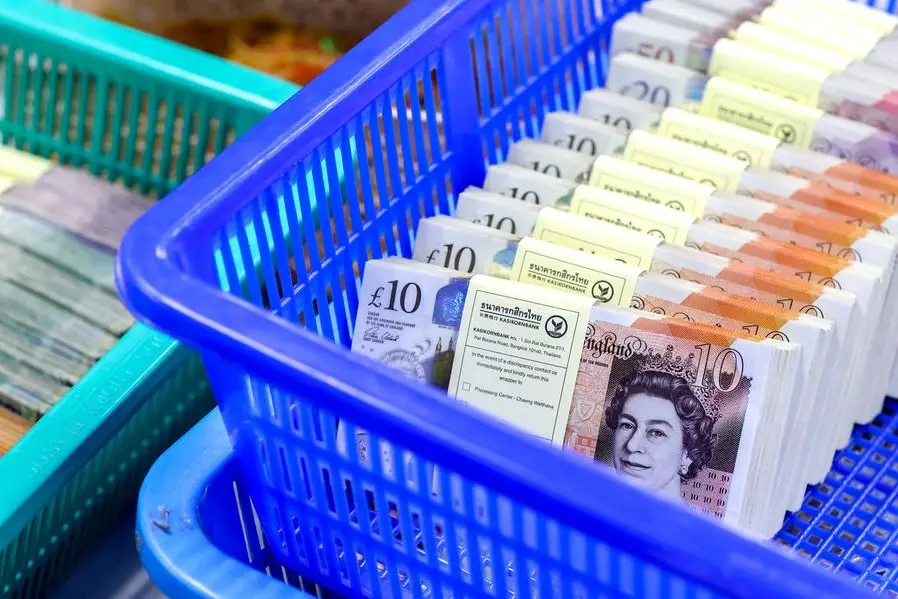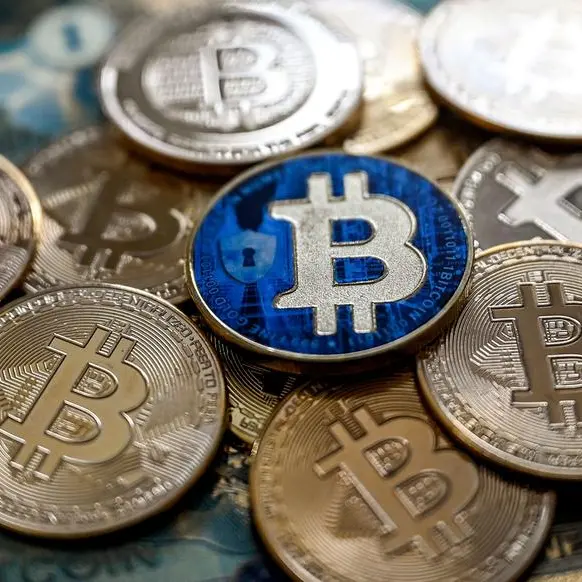PHOTO
FILE PHOTO: Pound notes are seen inside a basket at a Kasikornbank in Bangkok, Thailand, January 26, 2023. REUTERS/Athit Perawongmetha/File Photo
Sterling dipped from two-year highs touched against the dollar but made further ground versus the euro on Wednesday as investors focussed the prospect of diverging monetary policies in the United States and Britain.
The pound slipped 0.3% to $1.3218, having climbed to its strongest level since March 22 at $1.3269 on Tuesday. It was also on track for a 3.2% rise in August, its biggest monthly gain since Novemeber 2023.
Soft U.S. economic data and Federal Reserve Chair Jerome Powell's comments last week fuelled bets that the U.S. central bank will soon start on a series of interest rate cuts, pushing the dollar lower against a swathe of currencies.
The pound also benefited from improving domestic economic data and a cautious tone struck by Bank of England (BoE) Governor Andrew Bailey last week on further rate cuts.
The BoE cut its main interest rate by 25 basis points (bps) to 5% in early August, and traders see further rate cuts of 41 bps by the end of the year.
The Fed however is seen cutting rates by 103 bps across the three policy meetings that is left this year, market pricing shows. Traders are also debating a possibility of a large 50 bps rate cut next month.
Meanwhile, Prime Minister Keir Starmer said on Tuesday it would take a long time to rebuild Britain and rid it of the rot he says took hold under the previous Conservative government, warning "things will get worse before they get better".
"The markets seem to be focused on diverging monetary policies but diverging fiscal policies (mild consolidation in the UK vs on-going laxity in the US) will possibly mean less divergence in monetary policy than markets are pricing," said Colin Asher, senior economist at Mizuho.
Against the euro, the pound rose for a sixth straight session and traded at a near one-month high. Euro/sterling was last down 0.2% at 84.18 pence per euro.
(Reporting by Sruthi Shankar in Bengaluru, Editing by Angus MacSwan)





















